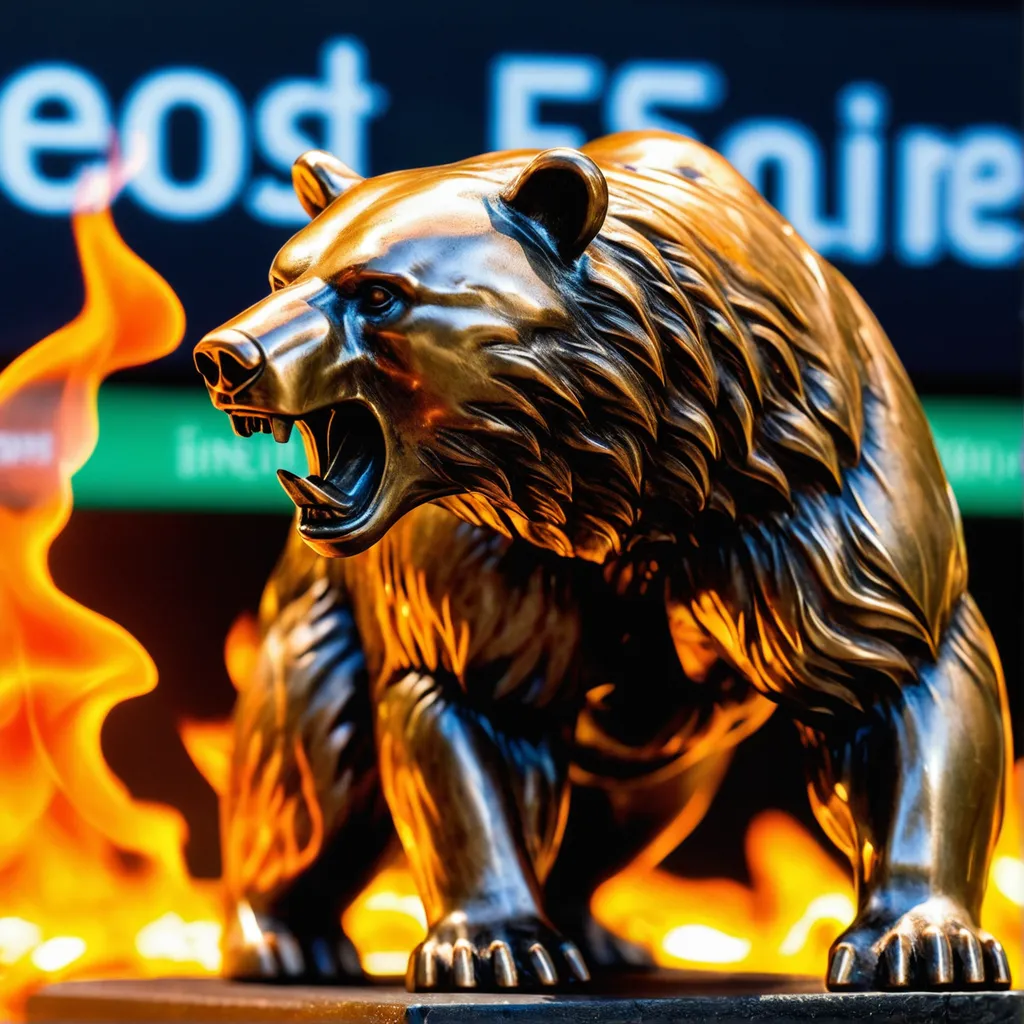70% of Investors Brace for U.S. Stagflation Risks
Paul

- Investors are turning toward inflation-linked assets and safe havens.
- Portfolio adjustments reflect growing fears of stagnant growth and rising prices.
On August 18, 2025, Cryptopolitan reported that fears of U.S. stagflation are driving widespread investor shifts and forcing global portfolio adjustments. Several signals amplify concerns about stagflation—a combination of high inflation and sluggish economic growth—including a weakening labor market, elevated core inflation, and unexpected producer price increases. As a result of this challenging environment, analysts forecast prolonged economic uncertainty in the months ahead.
A Bank of America Global Research poll from earlier in August revealed that roughly 70% of global investors anticipate U.S. stagflation within the next year. Consequently, many investors are focusing on inflation-hedging assets like gold and inflation-linked bonds to safeguard against rising prices and slower growth. According to the August 18 report, Kristina Hooper, chief market strategist at Man Group, emphasized, "Stagflation strengthens the case for holding gold as a safe haven during economic downturns."
Despite these concerns, equity markets remain near record highs, while bond markets have shown resilience so far. According to the same report, Marie-Anne Allier, a fixed-income manager at Carmignac, noted, "Stagflation is in the mind of the market, but not the price," a comment that reflects the disparity between investor sentiment and market pricing. At the same time, a weakening U.S. dollar has complicated the global economic landscape. The euro has appreciated by more than 12% against the dollar in 2025, while the yen and British pound have also strengthened. In addition, Nabil Milali of Edmond de Rothschild Asset Management stated that slower growth and persistent inflation could erode the dollar’s value and purchasing power.
To mitigate stagflation risks, investors are adapting their strategies. For example, Caroline Shaw of Fidelity International said her firm remains optimistic about large U.S. technology stocks but has also taken defensive steps, such as purchasing put options on the Russell 2000 small-cap index. According to Michael Metcalfe of State Street, history shows that periods with contracting U.S. manufacturing and above-average inflation cause an average 15% drop in global equities. Investors are also using tools like inflation swaps, which gain value when price indexes exceed certain levels, a practice that highlights an increasing reliance on targeted hedging strategies.
As these economic concerns ripple across industries and regions, global sentiment is shifting toward more stable investments. The Cryptopolitan report highlighted that traditional safe havens and inflation-linked instruments are not just reactive measures but also indicate a broader recalibration of investment priorities as uncertainty mounts.
Get the latest news in your inbox!





